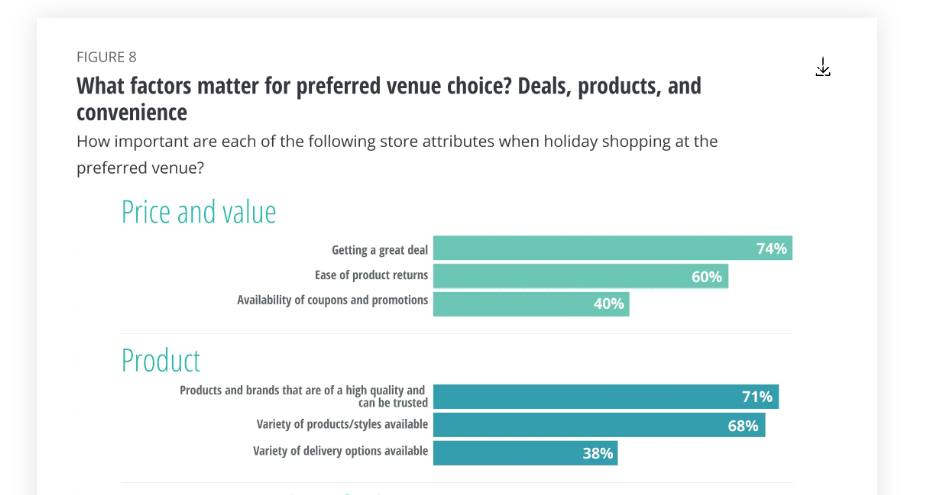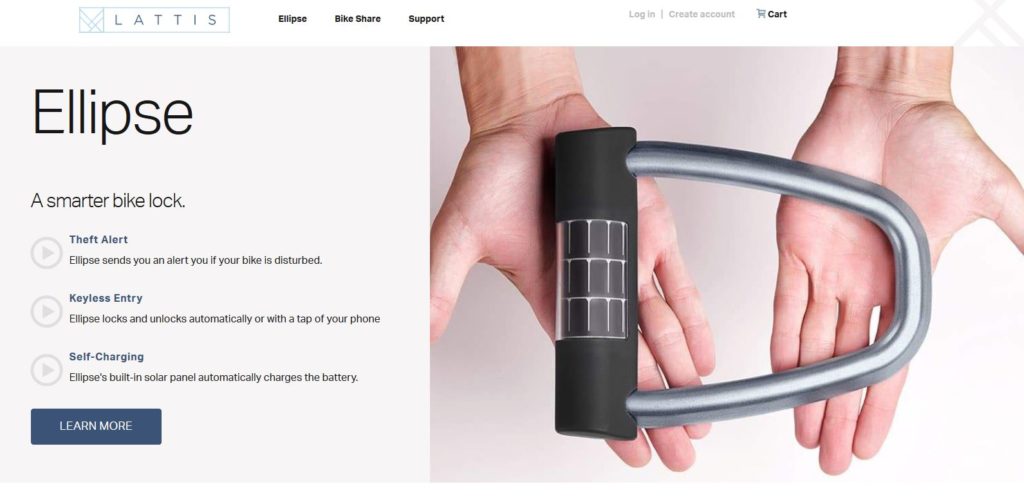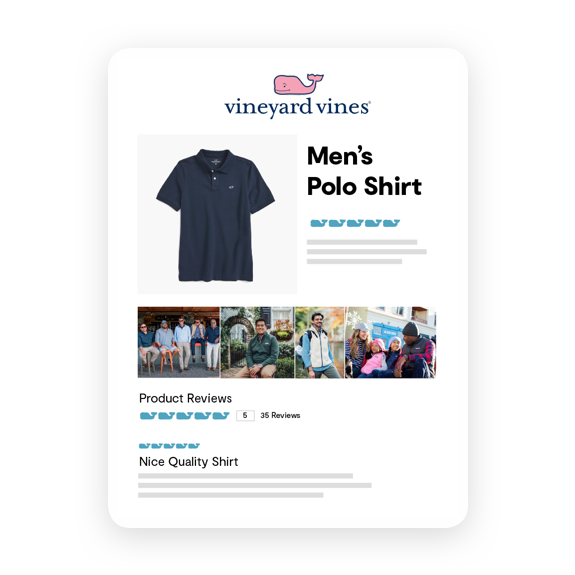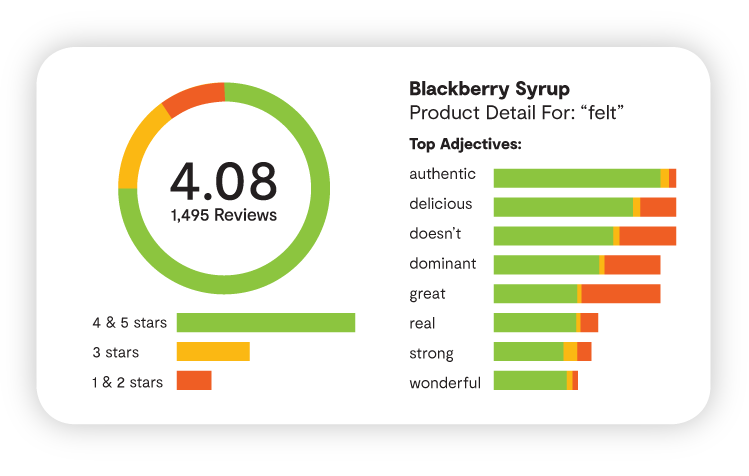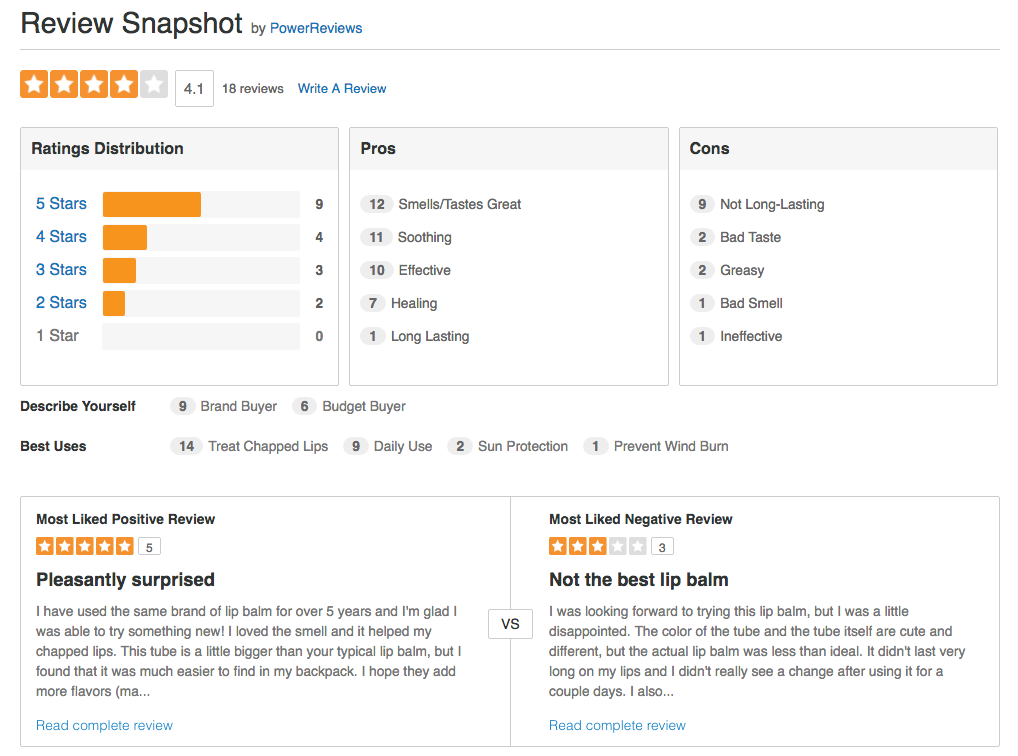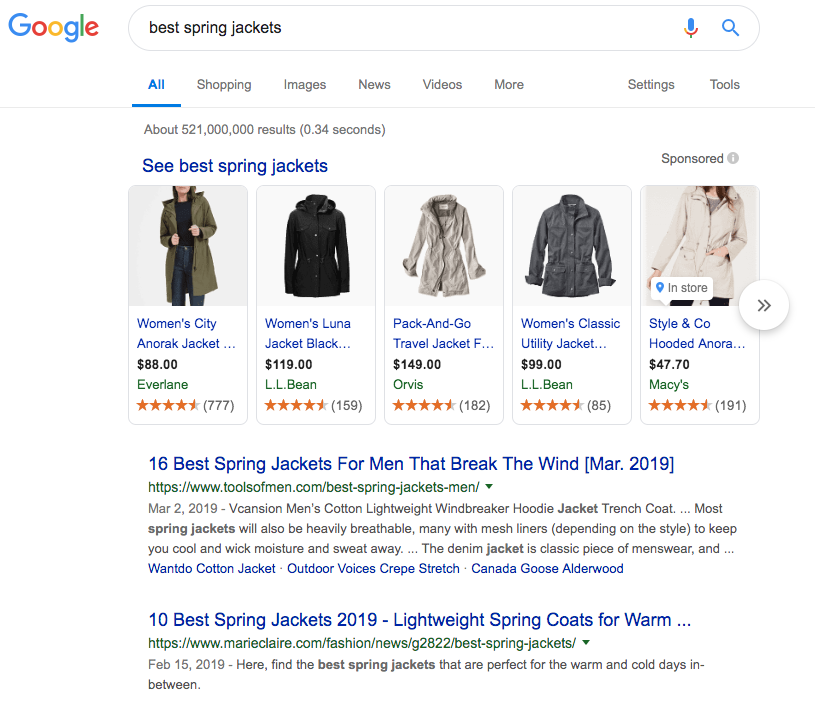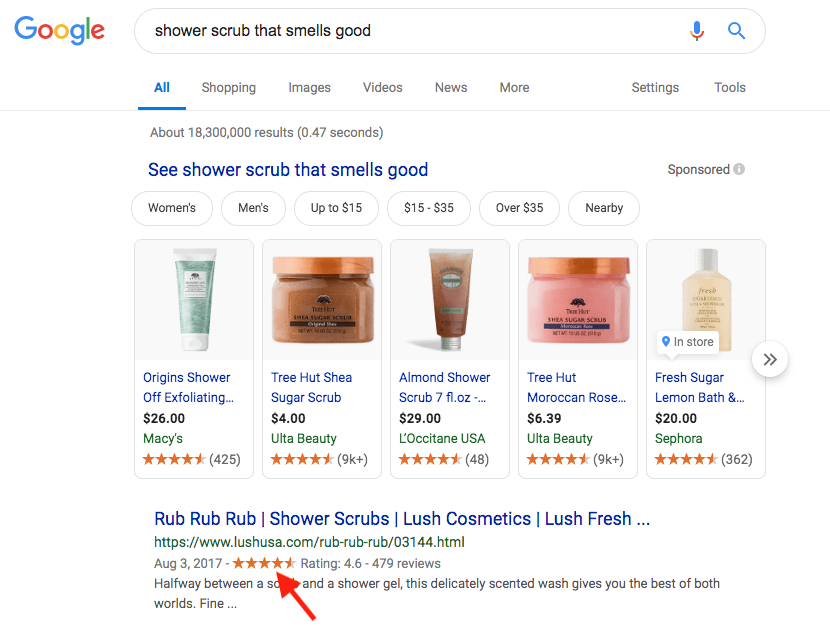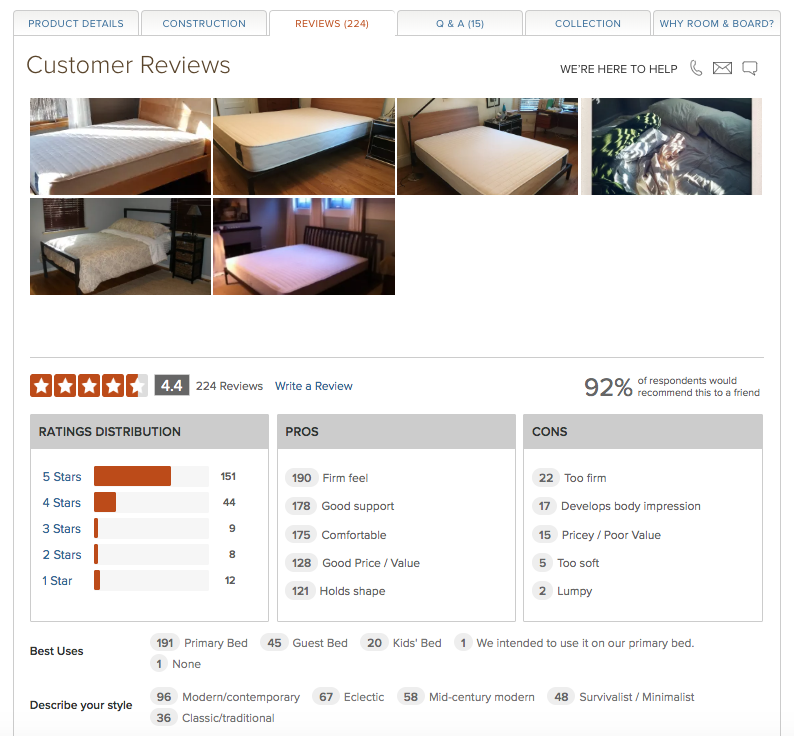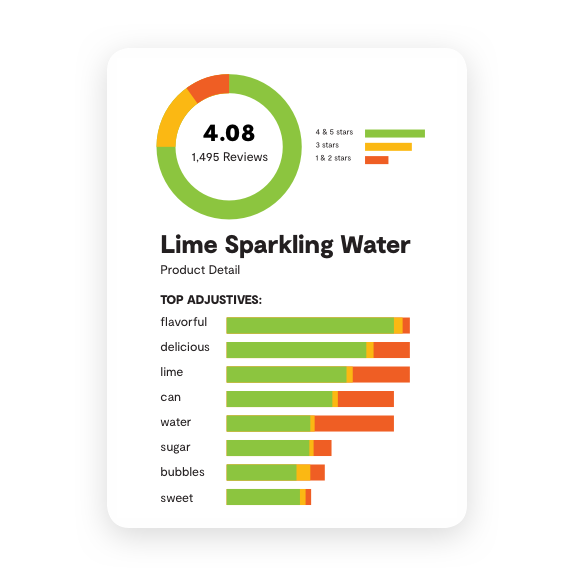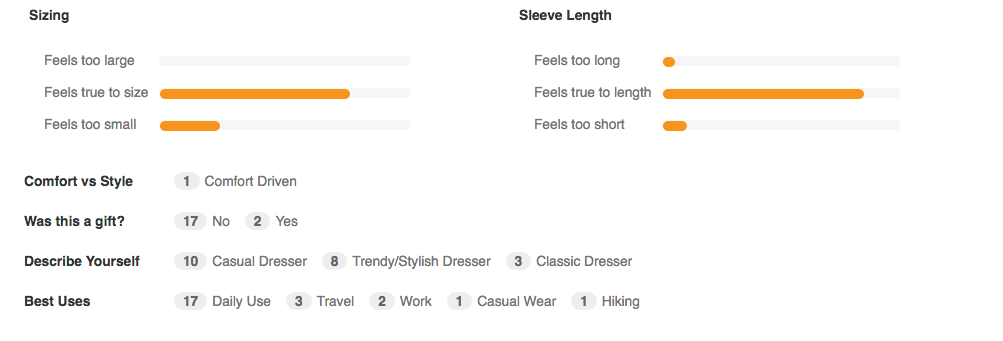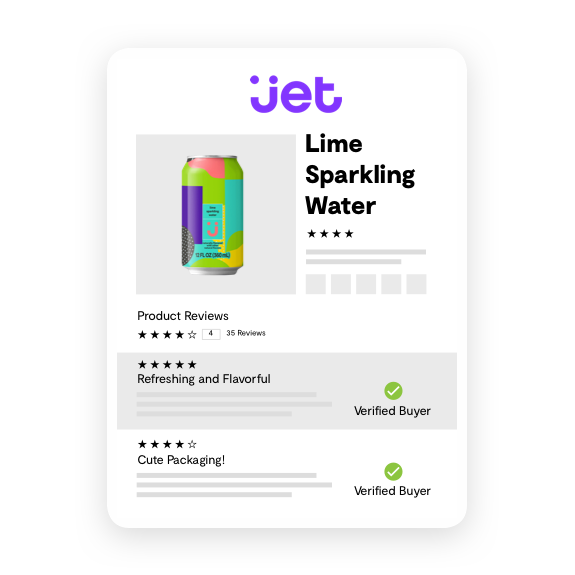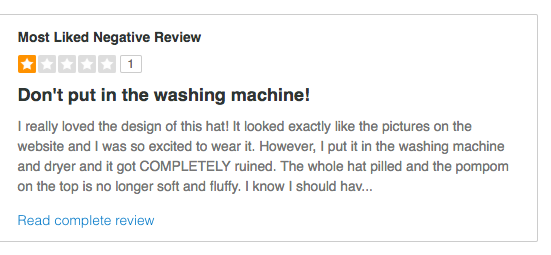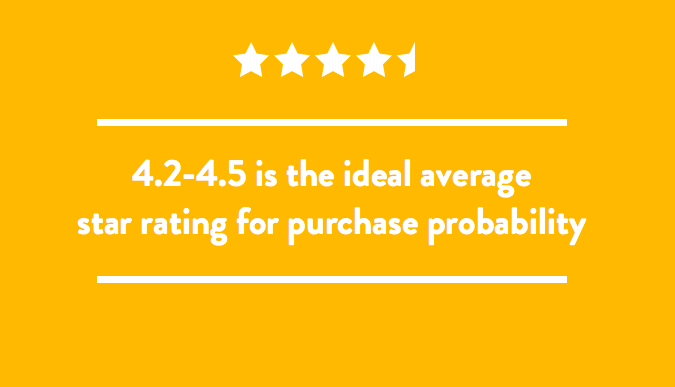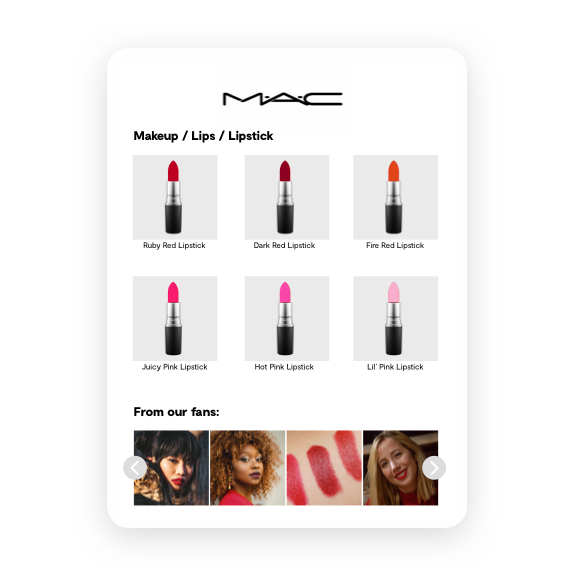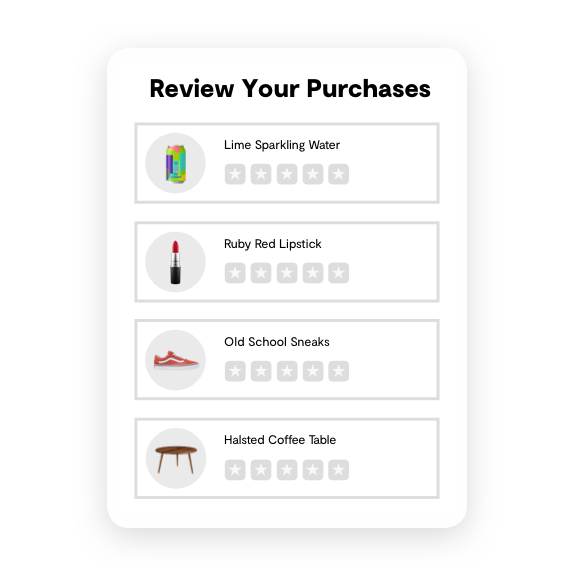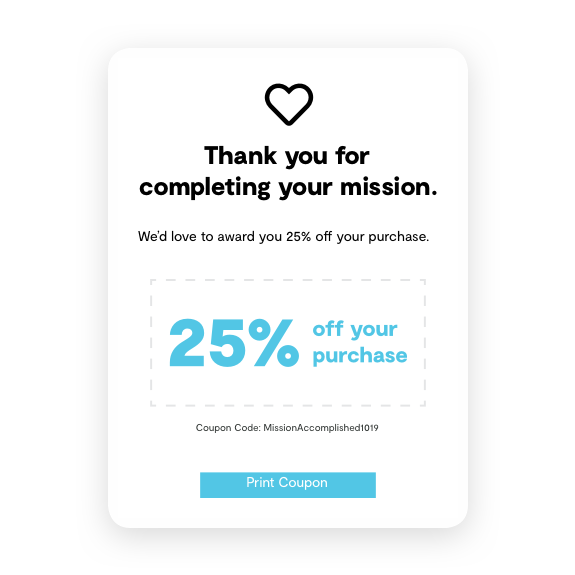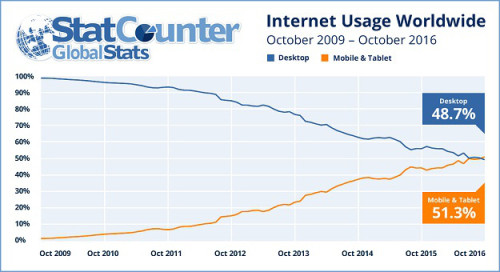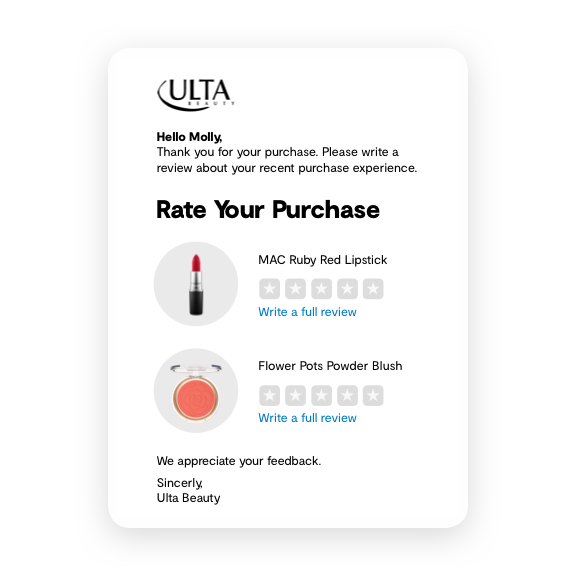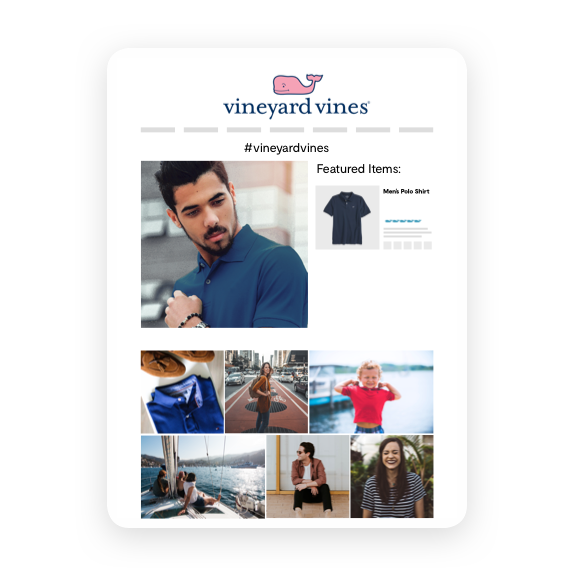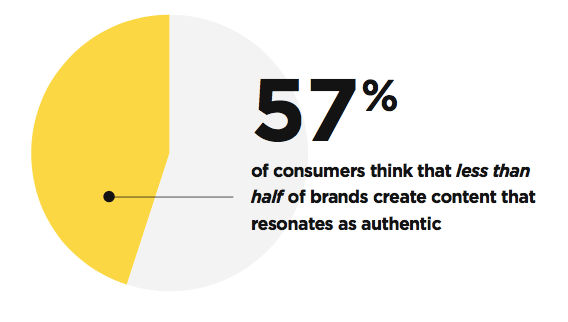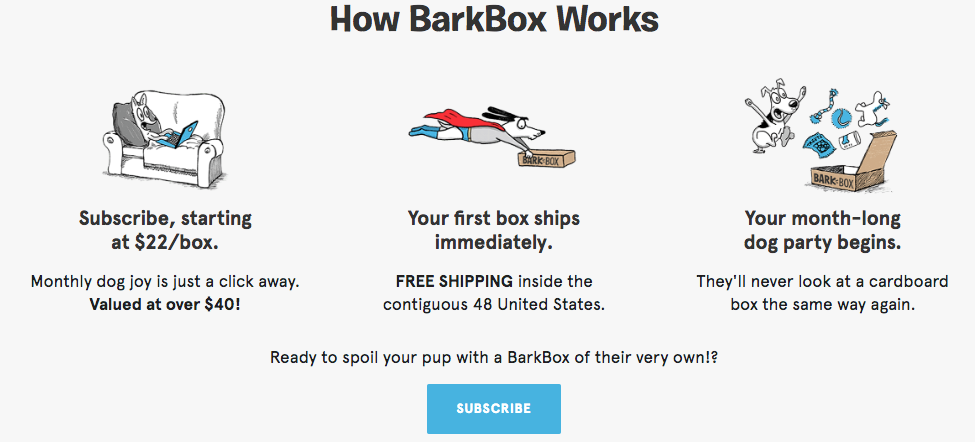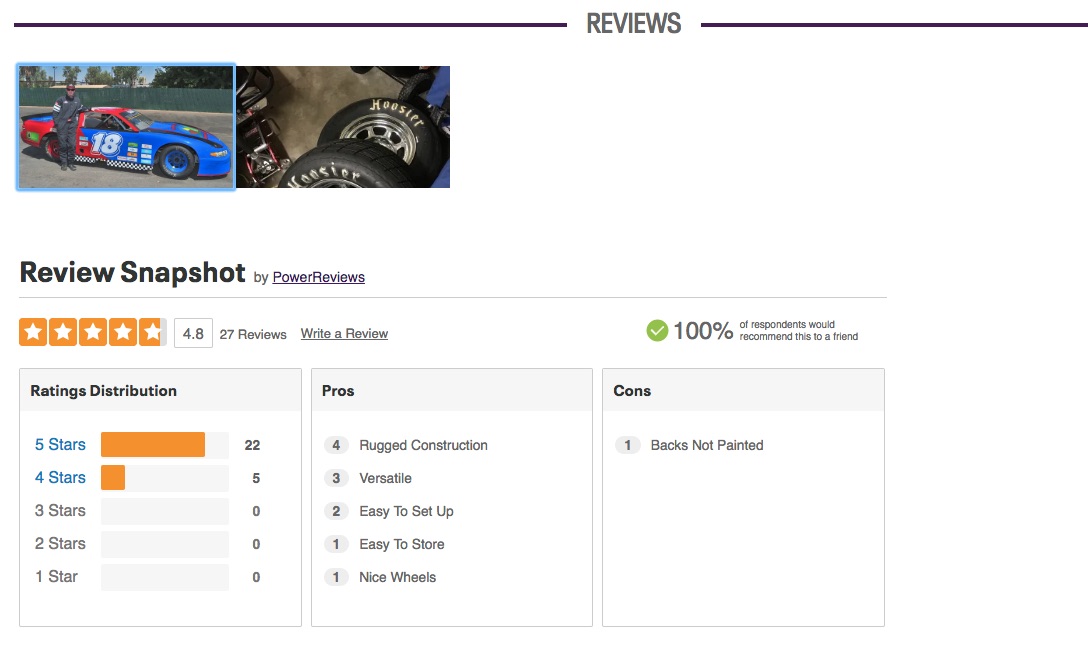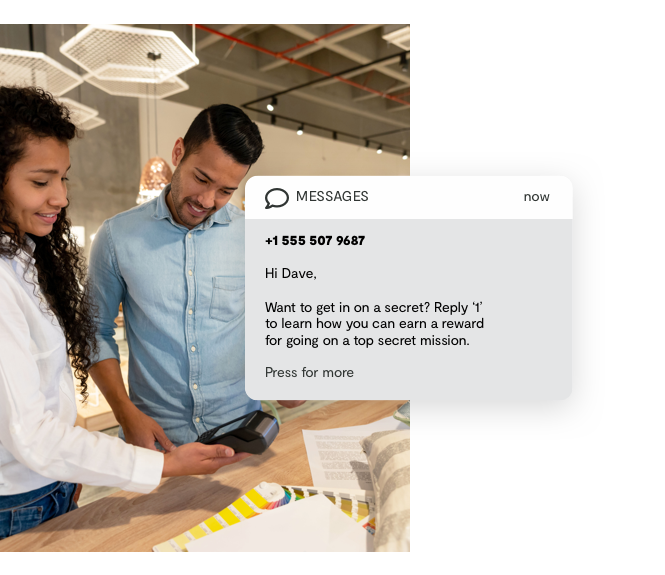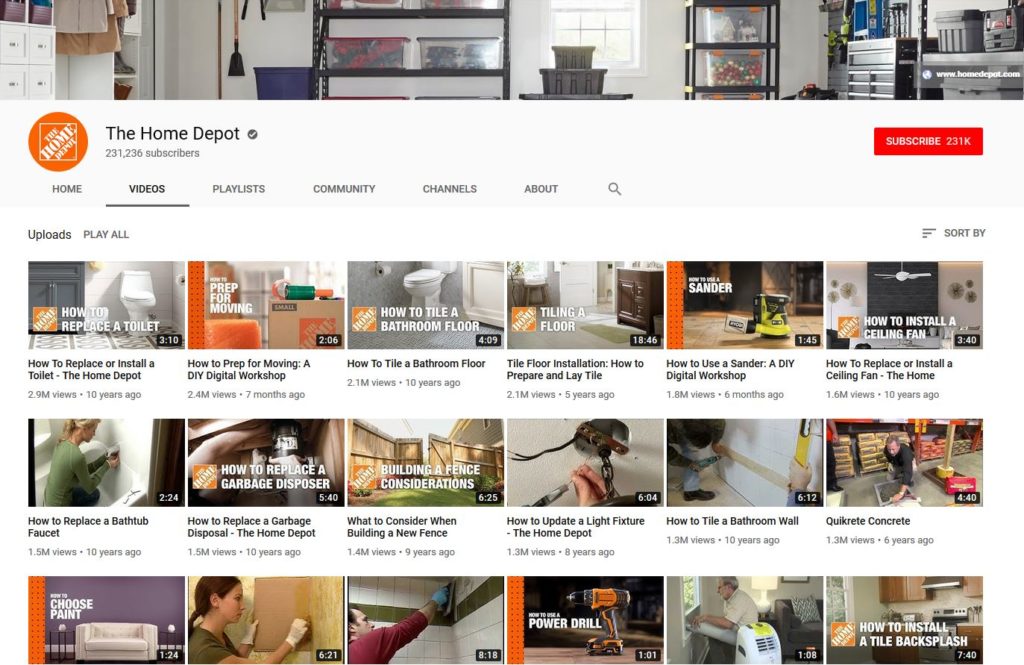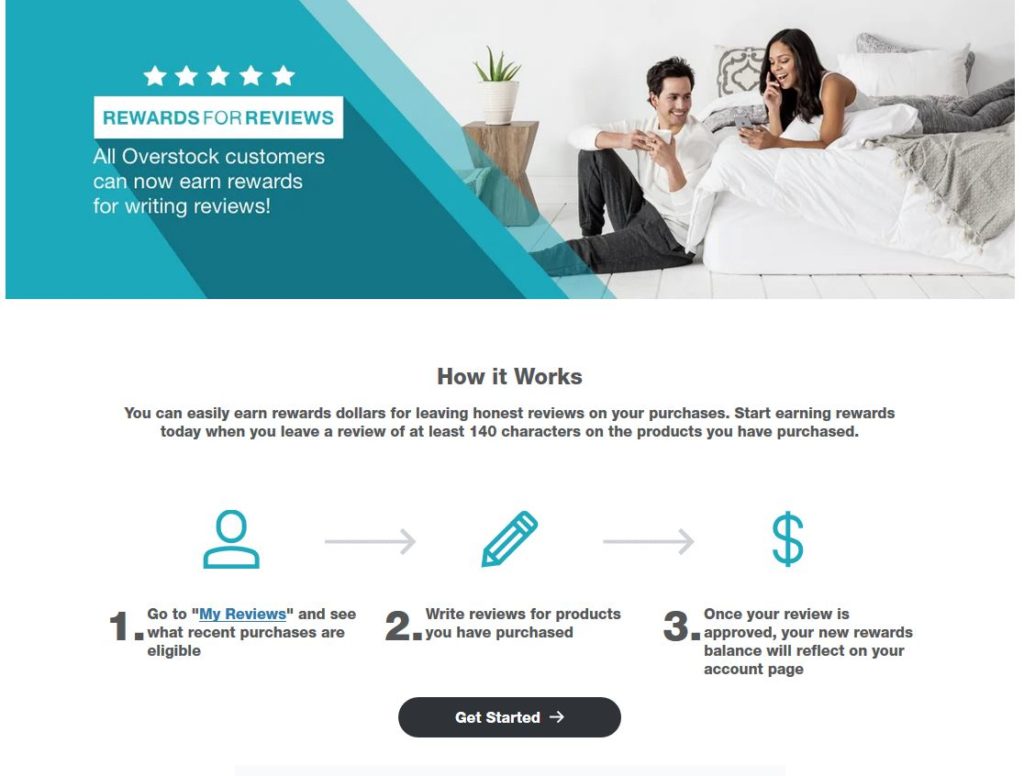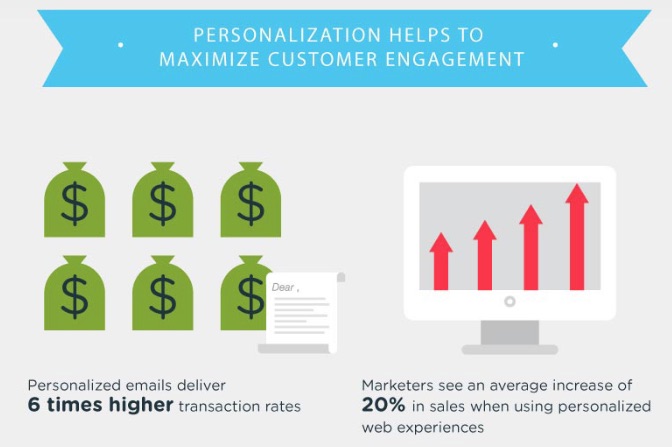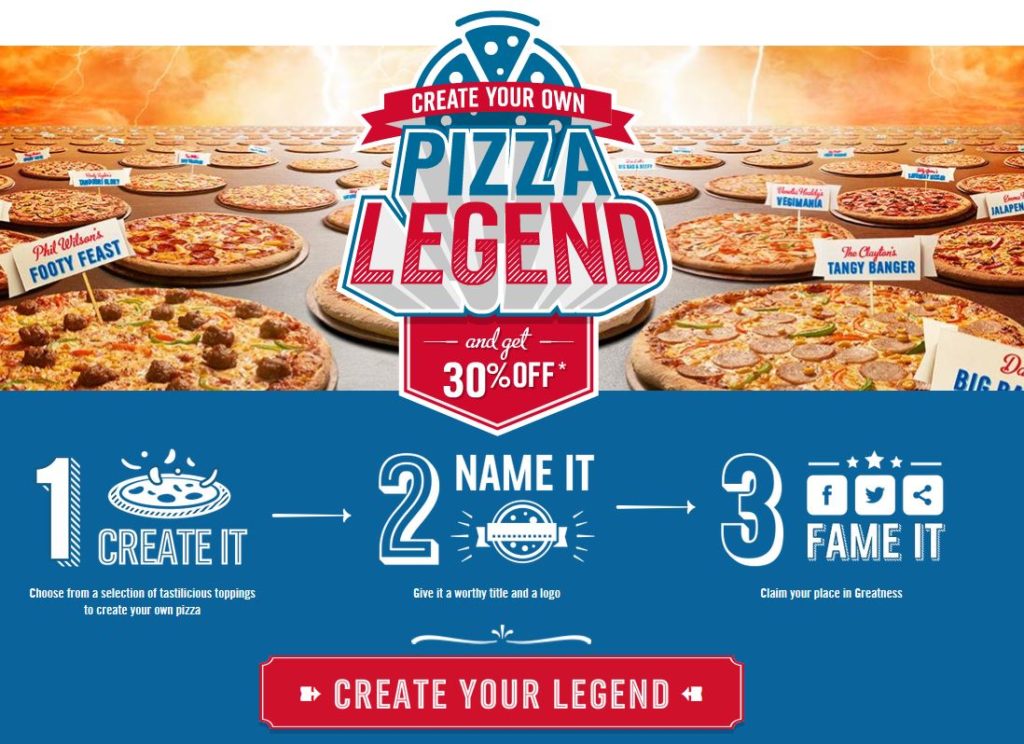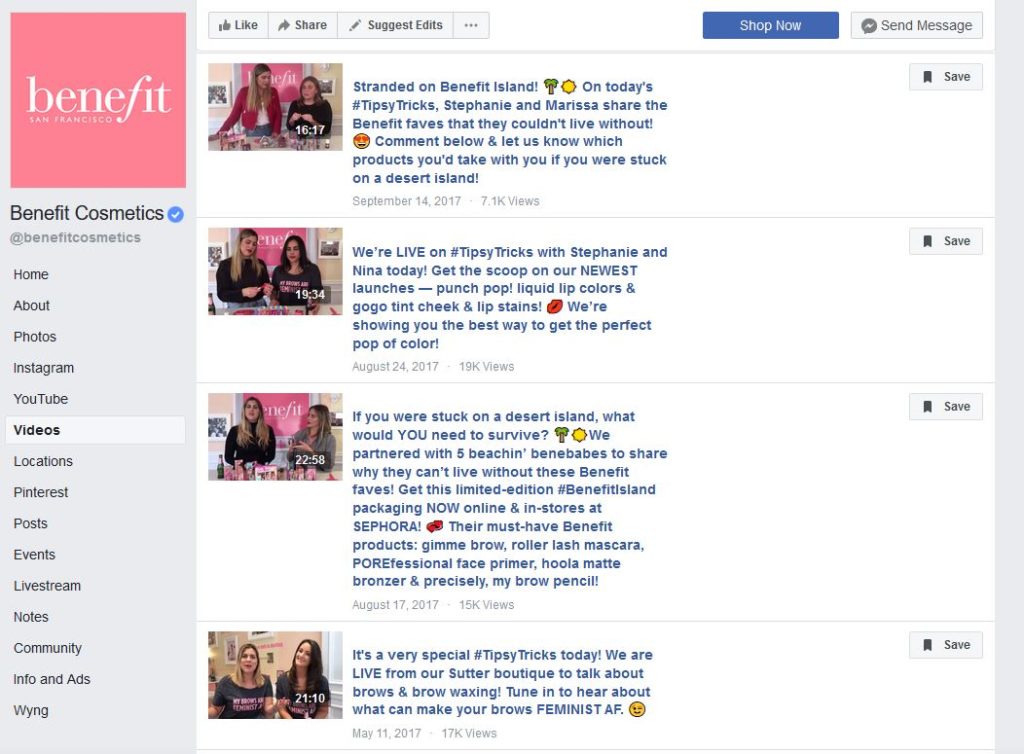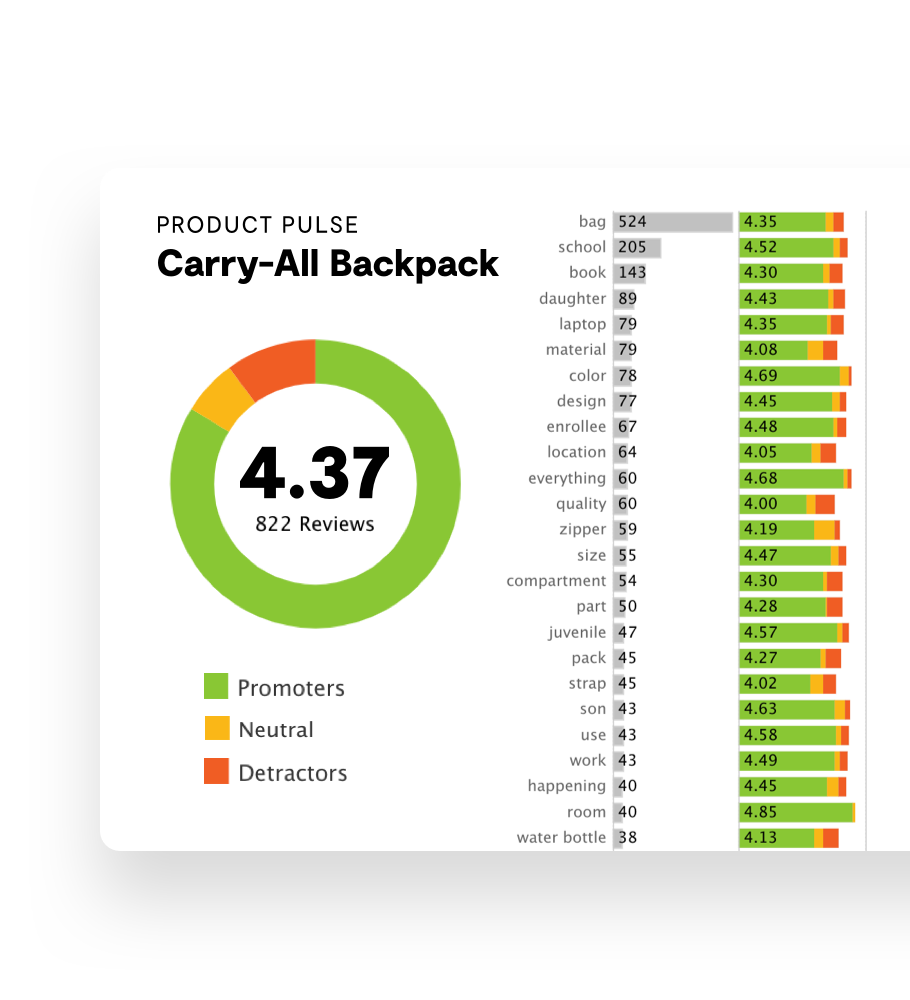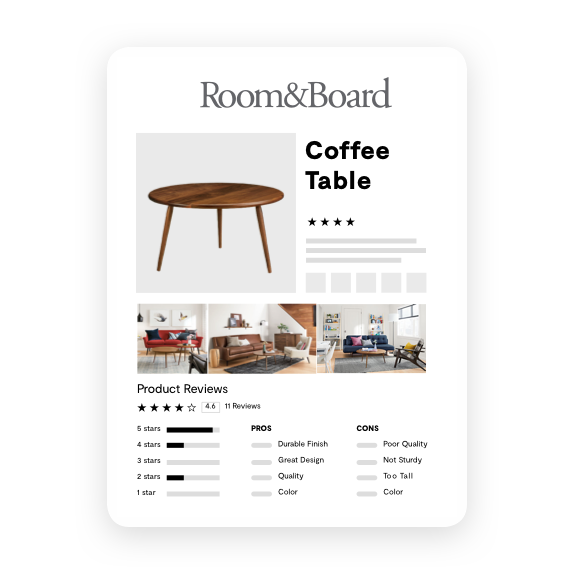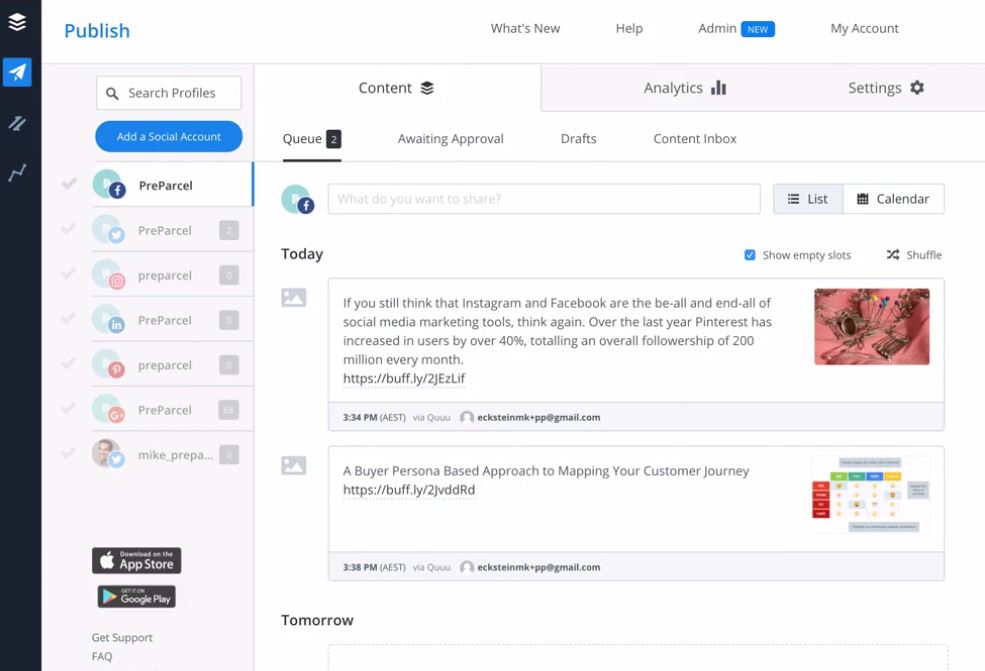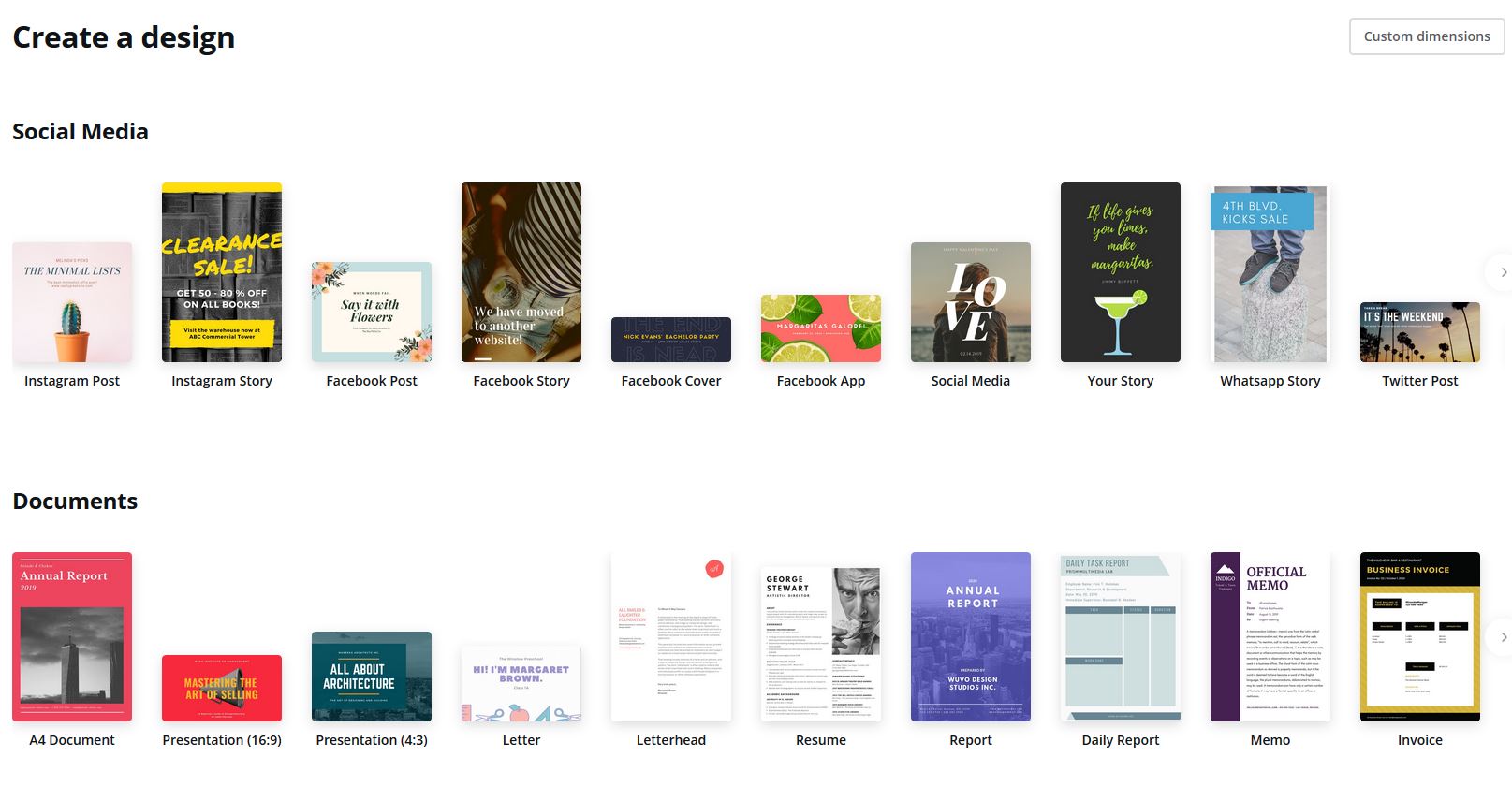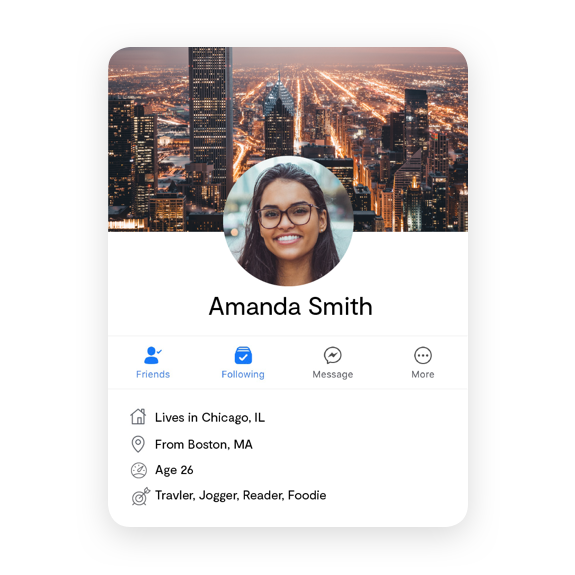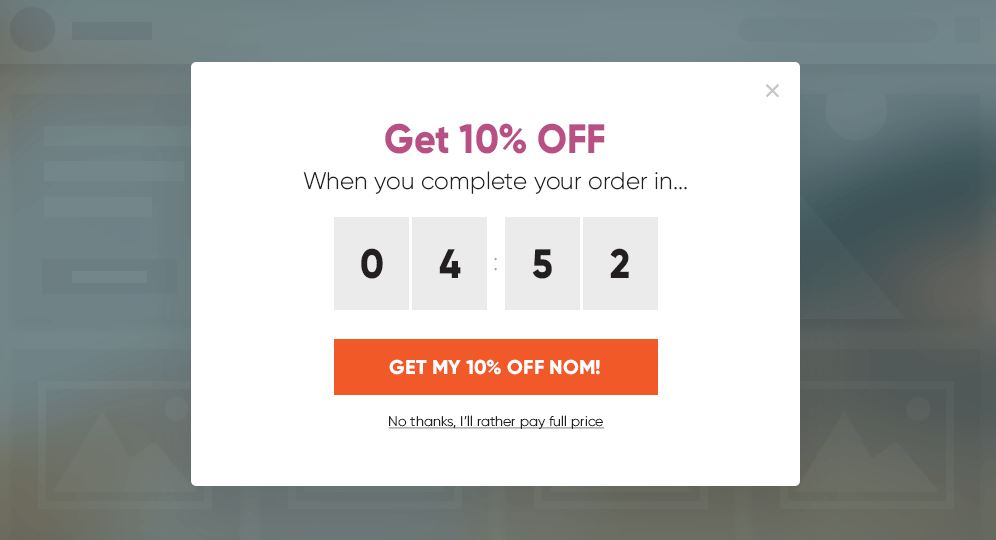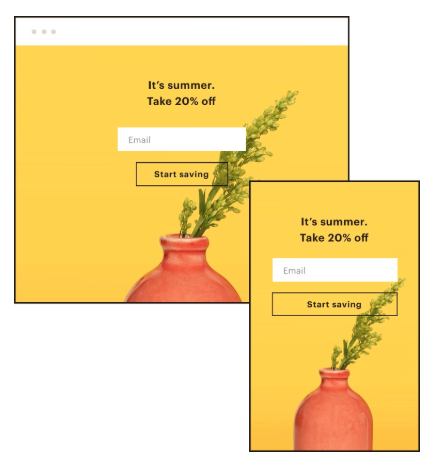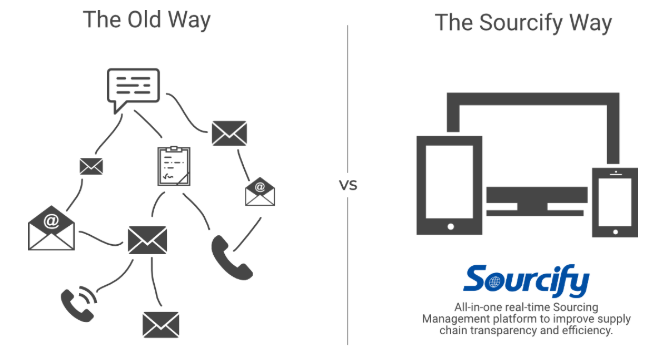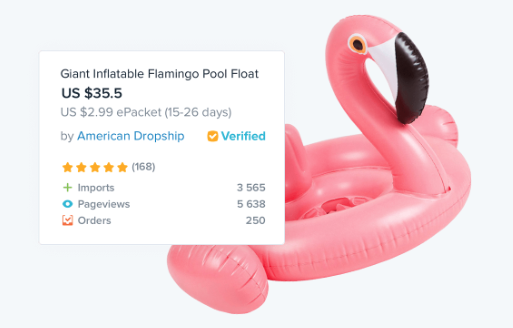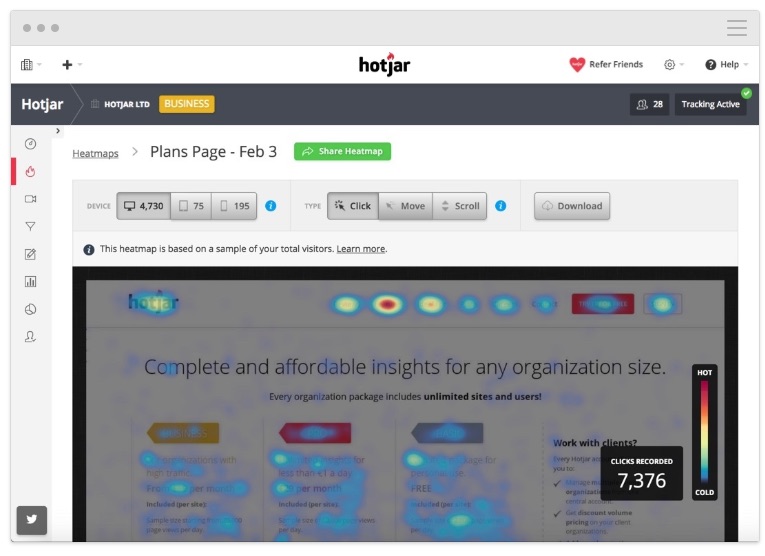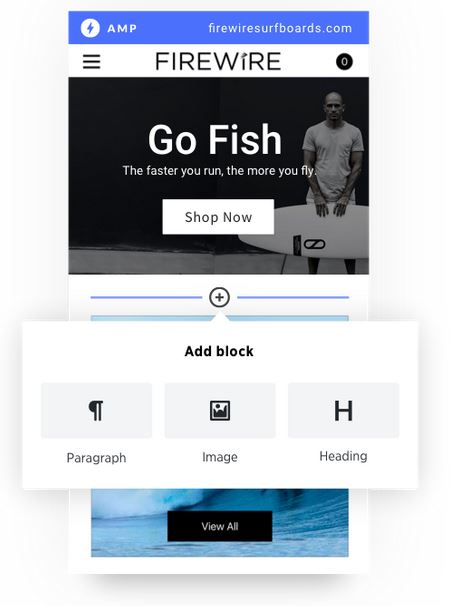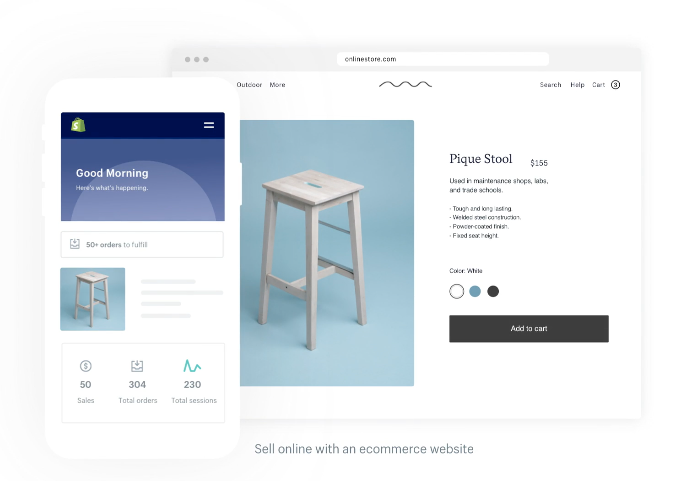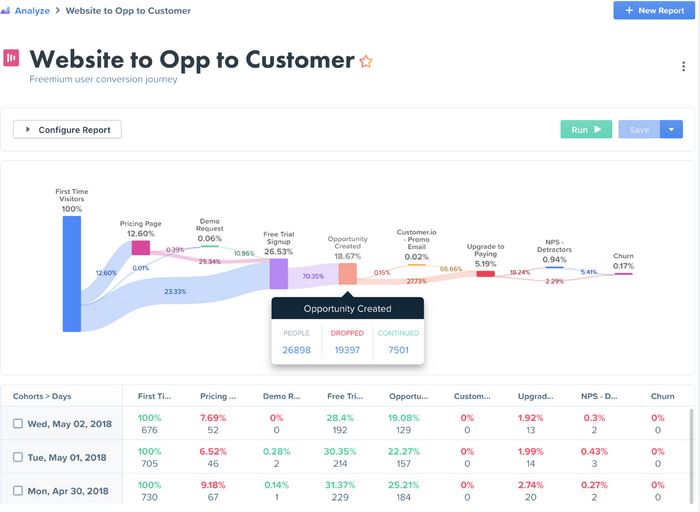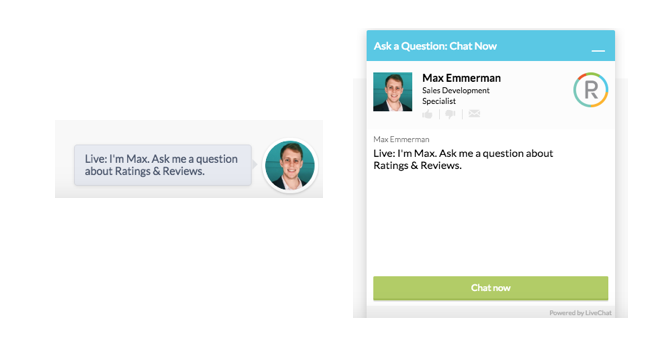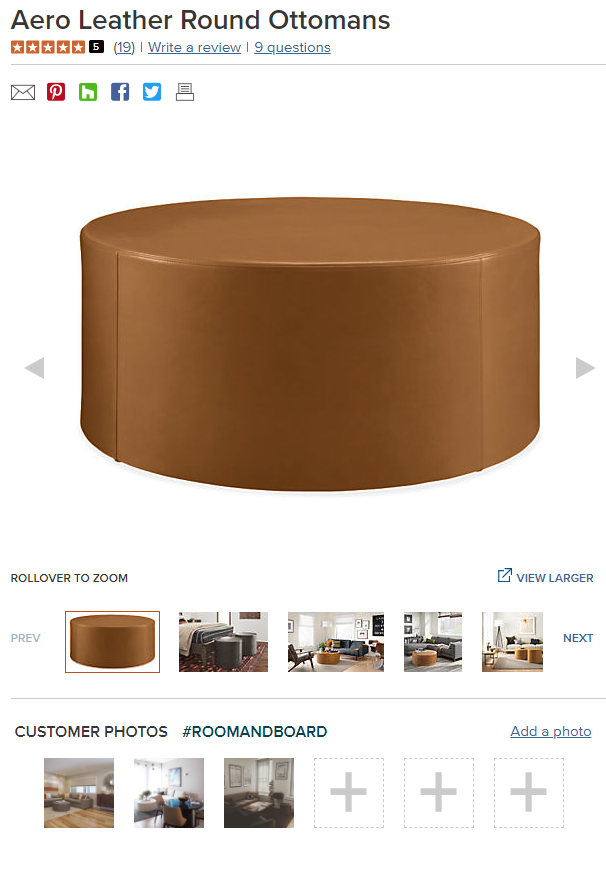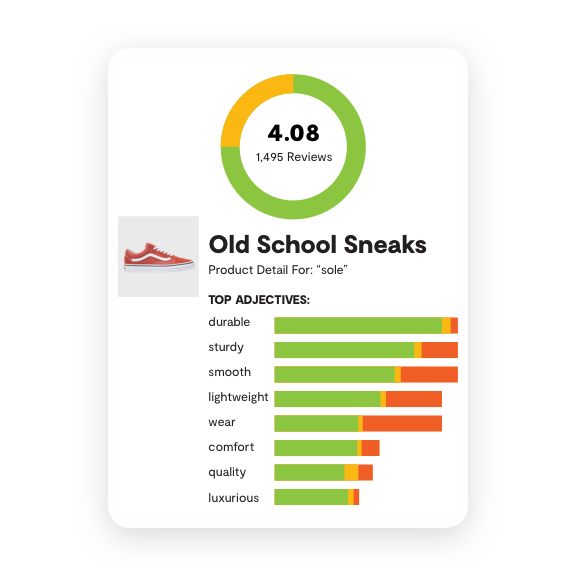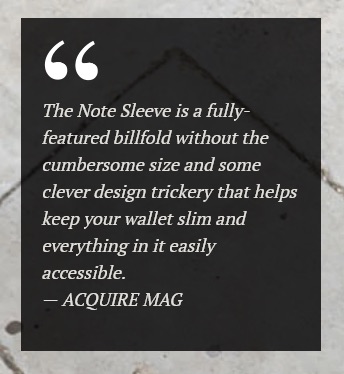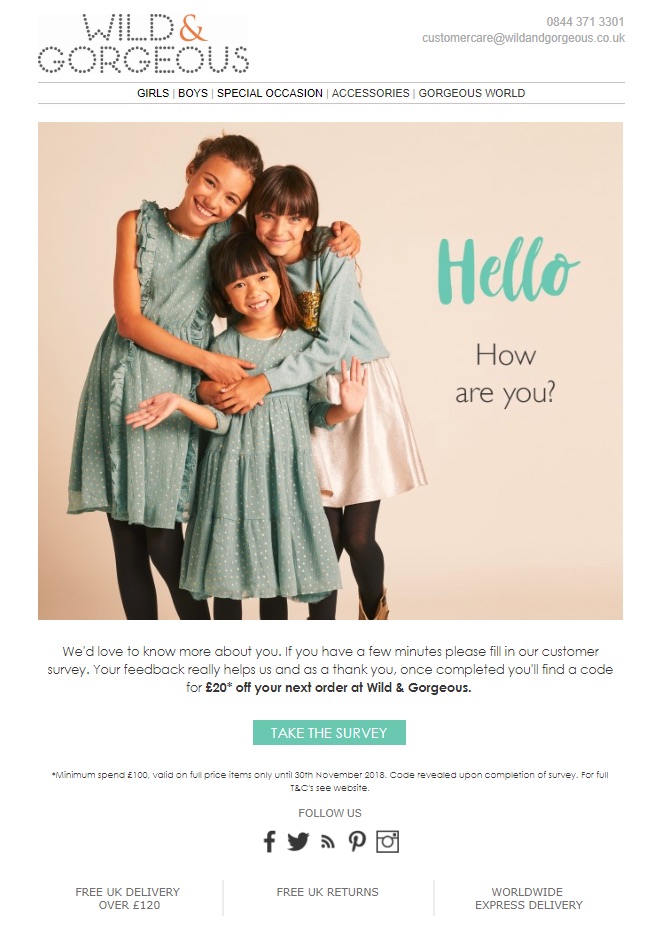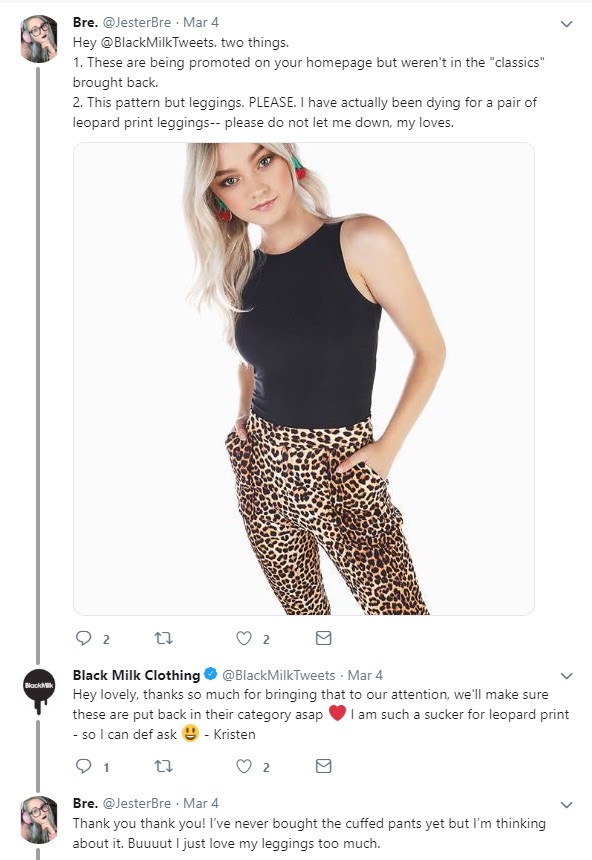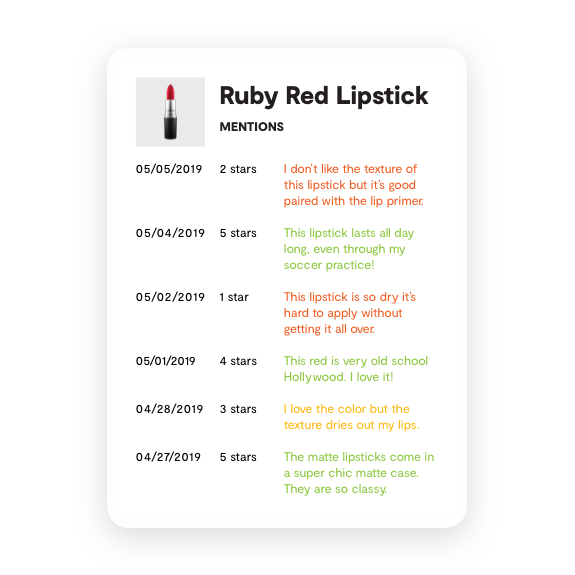The consumer buying process in retail and ecommerce comes down to a single decision to add an item to their cart–but that’s just the tip of the iceberg. Plenty of things are going on behind the scenes. Usually a lot of thought and actions beneath that decision are in place to encourage customers to complete a purchase.
With the exception of impulse buys, consumers do a considerable amount of research before deciding to buy. And in today’s marketplace, the brands that thrive are the ones that get in front of shoppers long before they decide to make the purchase.
How exactly can you do that?
It all starts with understanding the full consumer buying process. You need to be aware of the different stages that shoppers experience in their retail journey and find ways to win as they go from one step to the next.
Jump ahead to each stage by clicking the link:
- Stage 1: Problem Recognition
- Stage 2: Information Gathering
- Stage 3: Evaluating Solutions
- Stage 4: Purchase Phase
- Stage 5: The Post-Purchase Phase
Let’s have a look at what the five essential stages of the consumer buying process and what to do at every step to put your brand at the forefront of your customers’ minds:
Stage 1: Problem Recognition
The consumer buying process starts off with the customer having a problem that can be solved by a product or service. This manifests itself in a number of ways.
In some cases, the shopper starts off feeling the symptoms of an issue. For example, an office worker might find their computer is slowing down, but they’re not sure of the exact problem or how to solve it.
In other cases, the problem is more straight cut. Say a woman develops blisters after wearing a pair of high heels for a full day. She immediately recognizes the problem and knows she needs something (e.g., anti-blister products or new shoes) to fix it.
Nobody:
— Walmart (@Walmart) March 7, 2019
You: I need this too, right? Yeah, definitely.
There are times when consumers discover a problem they didn’t know existed. This might occur in a situation like when a driver sees an auto insurance ad and realizes they’re overpaying. As a brand marketer, you need to understand when and how the need for your product or service arises.
Ask yourself these questions:
- What scenarios or incidents push people to look for your offerings?
- What ways create a demand for your products?
- How do you get people to realize a need you can fulfill?
Once you’ve answered these questions, you figure out what content or campaigns types to create. The ultimate goal is to engage shoppers as they move through the next stage of the buying journey. This is the consumer buying process when they search for more information.
Stage 2: Information Gathering
It might sounds simple, but once the consumer recognizes they have a problem (or symptom of it), they proceed to research to solve the issue. So, the office worker who has a slow computer might start looking for software improvements to speed things up. And the driver who’s overpaying for insurance, they’ll start searching for a way to lower their payments.
The goal at this stage is to put your brand on the radar of your target customers. There are a number of ways to do this.
Leveraging Google
The majority of consumers—85% according to a survey by Kenshoo—turn to Google when looking for product ideas and information. This indicates the search giant is still the top research tool for consumers.
To that end, you need to make sure that your brand shows up for relevant search queries. Accomplishing that requires extensive keyword research and and little help with SEO initiatives. First, you need to figure out the terms and phrases potential customers search for in Google. Then you should optimize your website accordingly.
Let’s go back to that example of the office worker whose computer is slowing down. If you want to get in front of people having that problem, start by determining the phrases most likely searched associated with those pain points.
A quick look at Google Keyword Planner shows some of the top relevant keywords are why is my computer so slow, slow computer and computer running slow.
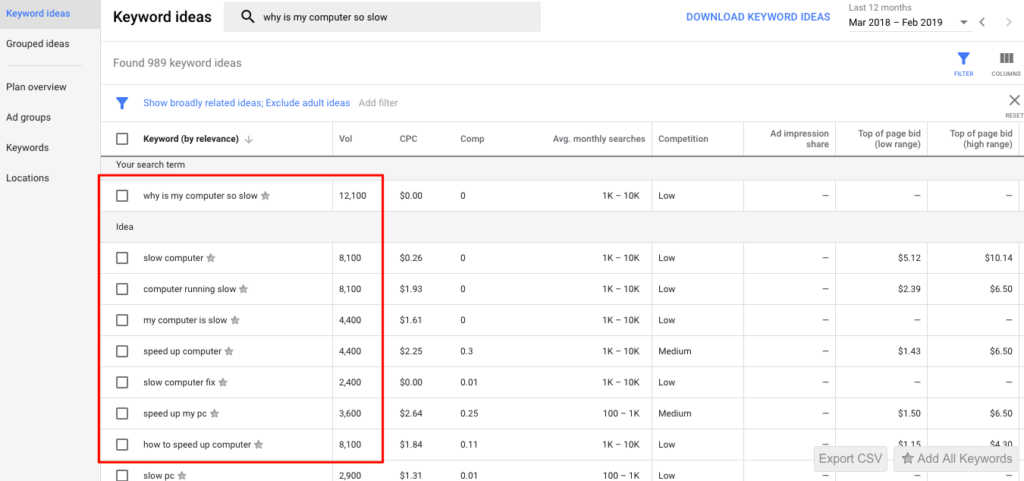
Use this keyword information to craft content or ad campaigns for your target audience. For example, one of the top search results for the query why is my computer so slow shows a blog post from CMIT Solutions, a firm that offers IT support products and services.
The company wrote up a great article on computer slowness and what consumers can do to speed things up.
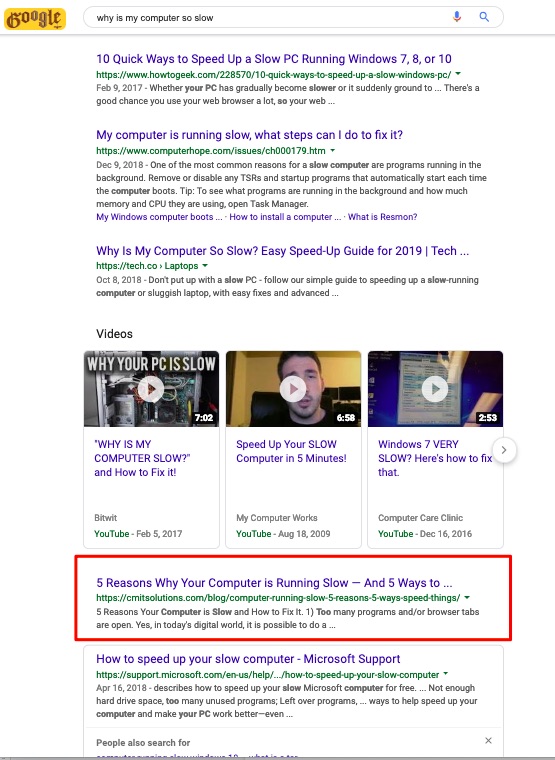
Because of that piece of content, CMIT Solutions gets in front of consumers dealing with slow computers. Additionally, this gives them a bit of an edge when a shopper decides to buy a product or hire someone for fixing computers.
Work With Your SEO & SEM Teams
However, getting to the top of Google’s organic search results is tough. This is why some brands invest in SEO teams and agencies. But it’s also why some brands think it makes more sense to invest in advertising.
Insurance companies such as Progressive and AIS are doing just that. These companies bid on keywords to show up in Google searches. And for many marketers reading, you’re likely already knee-deep in SEM and PPC (pay-per-click) strategies.
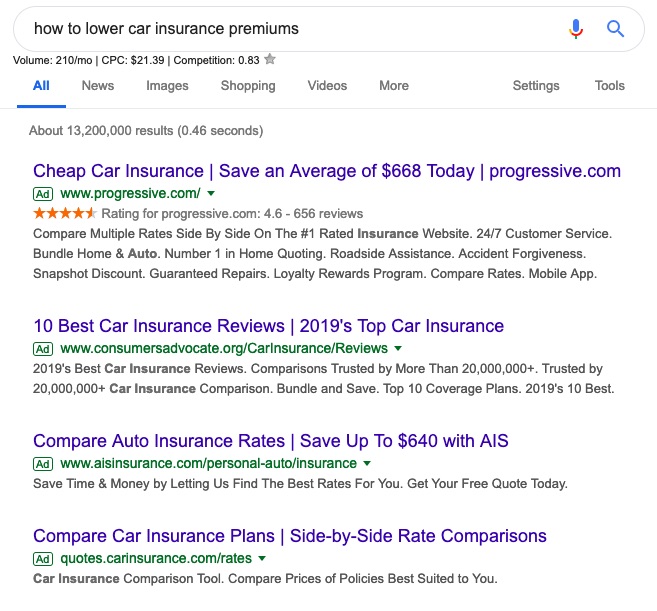 There’s no single best way to win over Google searchers. Understand if you’re altering any area of the consumer buying process, SEM and SEO could be a major area to help your efforts.
There’s no single best way to win over Google searchers. Understand if you’re altering any area of the consumer buying process, SEM and SEO could be a major area to help your efforts.
These folks help you figure out what’s best for your brand by understanding the audience and competitive landscape. Then you’ll want to craft your SEO or SEM strategy from there.
Using Online Marketplaces Like Amazon & eBay
Google isn’t the only website that people turn to when researching what to buy. According to the Kenshoo study cited above, 72% of consumers are likely to find product ideas and information on Amazon and 38% on eBay.
These online marketplaces clearly play a role in consumer’s buying journeys. So, if it makes sense for your business, establish a strong presence in these marketplaces.
Everyone wants to know how to compete with Amazon, even if you choose the marketplace route. This is why you have make sure you create product listings on these websites and then optimize them for search.
Let’s say you’re selling anti-blister footpads and want to get in front of Amazon shoppers. Doing this starts with creating a listing with a relevant title and product description.
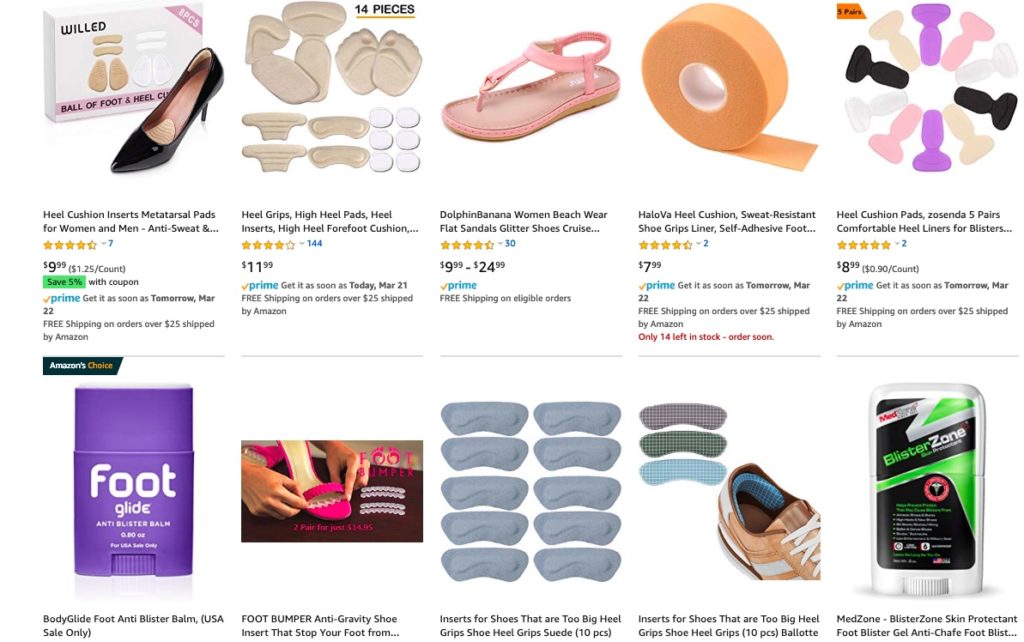
It’s important to note, though, that marketplaces like Amazon and eBay factor in seller performance and reviews when ranking product listings, which means getting to the top of search results will take time, successful sales and positive reviews.
Just like with Google, if you want to get to the top search results faster, consider investing in sponsored listings. Paid avenues always get you to in front of eyes faster, but again, it’s critical working with your SEM team to ensure you’re targeting the right demographics and keywords.
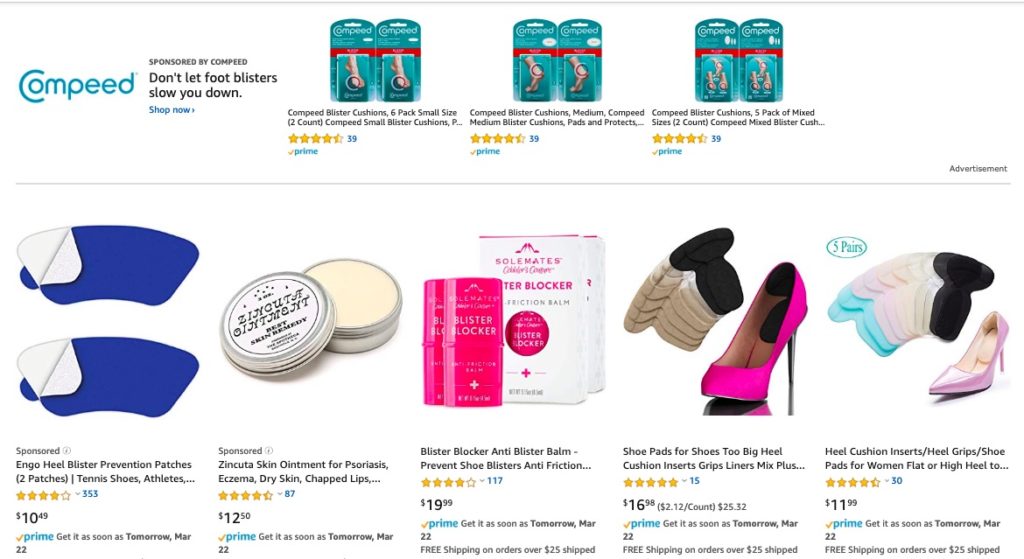
The last thing you want to do is invest a ton of paid search money into a sponsored search without doing your research first. But when done right, you easily blend your paid content into organic results.
Ramping Up Your Social Media Efforts
Consumers spend a lot of time on social media. Research from GlobalWebIndex’s 2018 flagship report on social media discovered people spend an average of 2 hours and 22 minutes per day on social networks and messaging.
Social is a significant component of people’s daily lives, which is why it makes sense to use these networks to connect with potential customers.
But there’s a major caveat to selling on social media. Unlike with Google, Amazon or eBay, most consumers aren’t actively searching for products on social media.
If you want to get your brand on users’ radars, create demand and convince shoppers you have products that fulfill needs they didn’t know they had. Social media ad campaigns, such as this one by Aaptiv, is a great example of this tactic
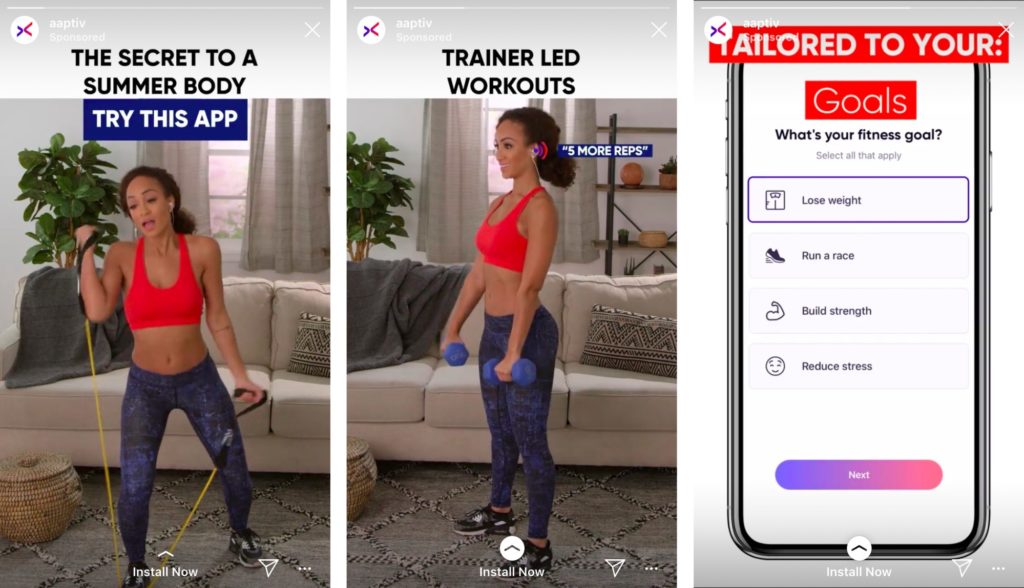
A person idly watching Instagram Stories probably isn’t thinking about working out. However, a compelling ad could be just the thing that convinces them otherwise. There’s a ton of benefits to Instagram, but it’s all about how you use visual content to connect with consumers.
Harnessing Word of Mouth
Consumers like to hear recommendations from one another. The power of word-of-mouth marketing is real, which is why we’ve seen such a spike in everyday influencers. Also, consumers research by asking their social networks for solutions and product recommendations.
https://twitter.com/freelancing_new/status/1107345295850045442
This one of the reasons why word of mouth is valuable. Now, there are certain things you can do to boost word of mouth and referrals, but ultimately, the best way to get your customers to talk up your brand with their friends is to focus on customer satisfaction.
Regularly monitor satisfaction levels through surveys like NPS, CSAT and CES, and make sure that you’re hearing—and addressing—their concerns.
In doing so, you’ll find that customers won’t just buy from you repeatedly, they’ll also recommend your products whenever the opportunity arises.
Stage 3: Evaluating Solutions
After doing their research, consumers typically make a shortlist of brands or products for their needs. At this stage, shoppers look at specific solutions to their problems.
For instance, someone who’s dealing with a slow computer would be deciding whether they should hire an IT expert, purchase software that or buy a new computer altogether.
The objective is to position your product as the best choice for the shopper. Here are some of the steps you can take to influence your product in the consumer buying process:
Optimize Your Product Descriptions
Write unique and compelling product descriptions that accurately describe your merchandise while enticing people to buy. See to it that your descriptions contain the right keywords and write your copy in a tone and style that’s relatable to your audience.
In terms of formatting, make the text scannable by using shorter paragraphs, headers and bullet points.
Urban Outfitter does this quite well. In its product description below, you’ll see that the retailer’s content is short but descriptive, and the company made good use of headers and bullet points.
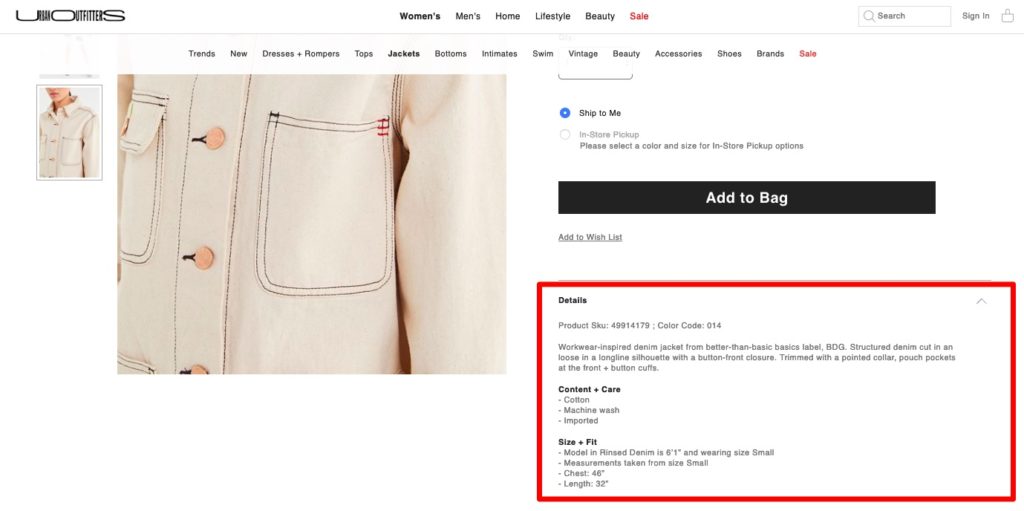
Use Great-Looking Visuals
Virtually any retailer needs to have strong visuals, particularly when selling online. If you want your products to be considered, you need to wow them with great-looking photos.
Also, consider taking your visual game to the next level by adding user-generated content to your product pages. Through tools like the PowerReviews Visual and Social Suite, brands easily collect, display and even authenticate user-generated content to appear on your product pages.
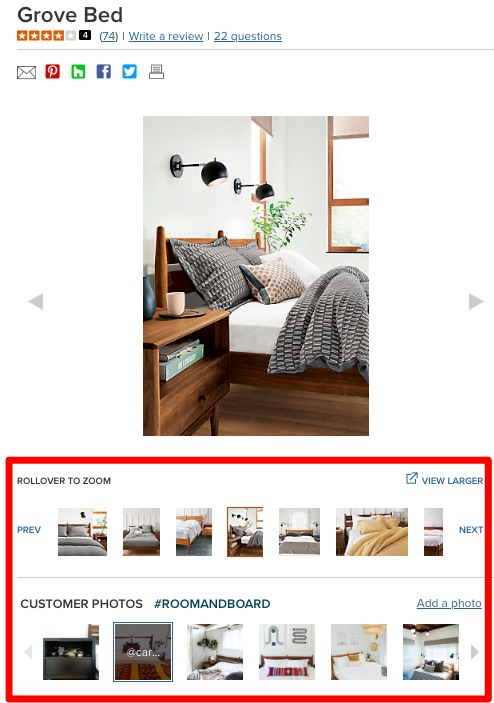
Take a page out of Room & Board’s playbook. Aside from having multiple product photos that showcase the store’s items from various angles, Room & Board’s product pages also feature customer-submitted images. This gives shoppers a better idea of how each item would look in real-world environments.
Leverage Ratings and Reviews
Speaking of user-submitted content, make sure your product pages contain numerous authentic reviews. PowerReviews Growing Power of Reviews report shows a whopping 97% of consumers consult reviews before making a purchase. Not having authentic reviews on your site likely causes more damage to your conversions than you think.
But with that said, simply throwing up a bunch of reviews or even going the shady route of paying for reviews on your product pages won’t cut it. Give your customers the best experience possible by keeping your ratings and reviews organized and easy to read.
Check out what Nutrisystem is doing. The review section on its product pages displays rating distributions to give shoppers an at-a-glance view of each product’s ratings.
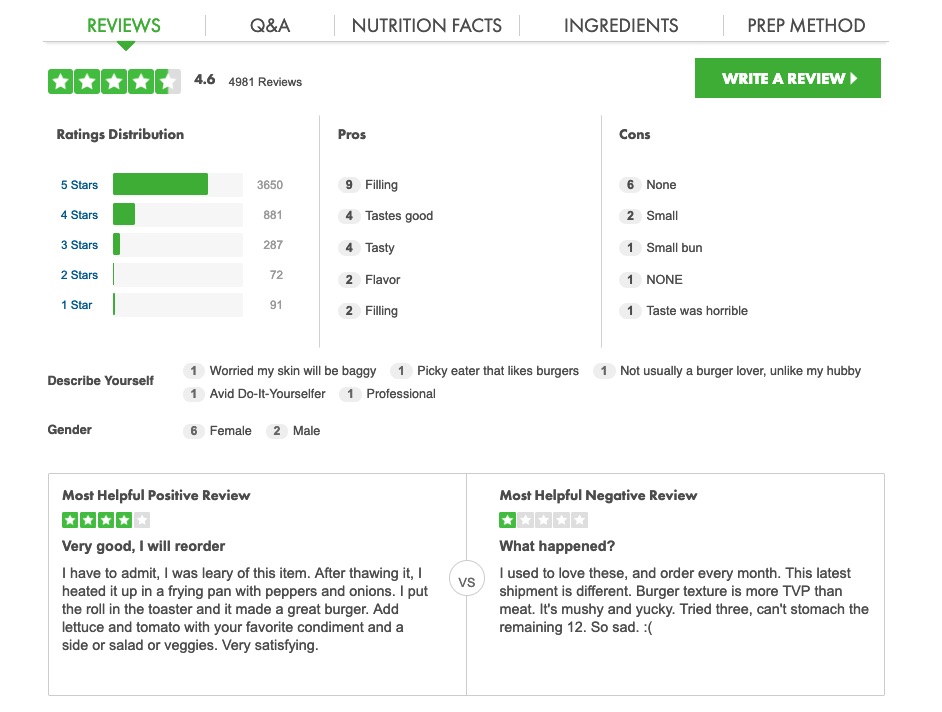
On top of that, Nutrisystem lists the top pros and cons of each item. The company also provides the most helpful positive and negative reviews. And before you write off a little harsh feedback, consider the fact that many people prefer to see negative reviews before buying.
The same Power of Reviews report found 86% of shoppers under the age of 45 specifically seek out negative reviews before buying. Don’t discount negative feedback because showcasing your pros and cons allows customers to feel confident and trust your review display.
Use Q&As
Shopper questions come up no matter how detailed you make your product descriptions. See to it that you have a system for fielding questions, then get back to customers with the appropriate answer.
Nutrisystem, once again, is doing an outstanding job in this area. The company has questions and answers software on its product pages that contains user-submitted questions and verified answers from the Nutrisystem team.
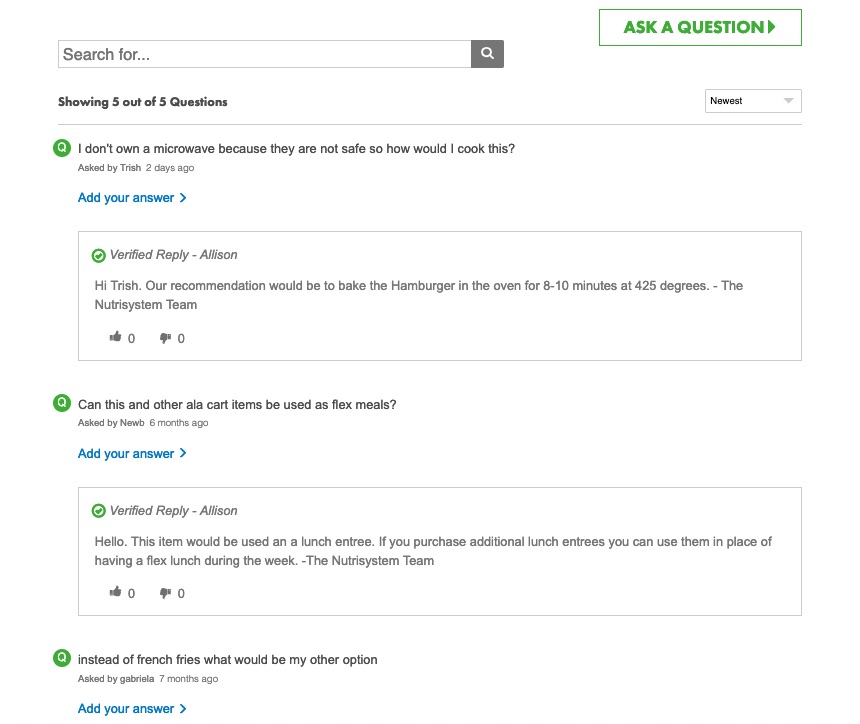
Having Q&A software addresses customer concerns about the product immediately. And for brands selling products across retailer pages, having limited access to answer questions on retail sites significantly affects sales.
That’s why we created Brand Engage. This solution allows brands to connect to the PowerReviews Open Network and answer customer questions about the brand specifically on retailer sites.
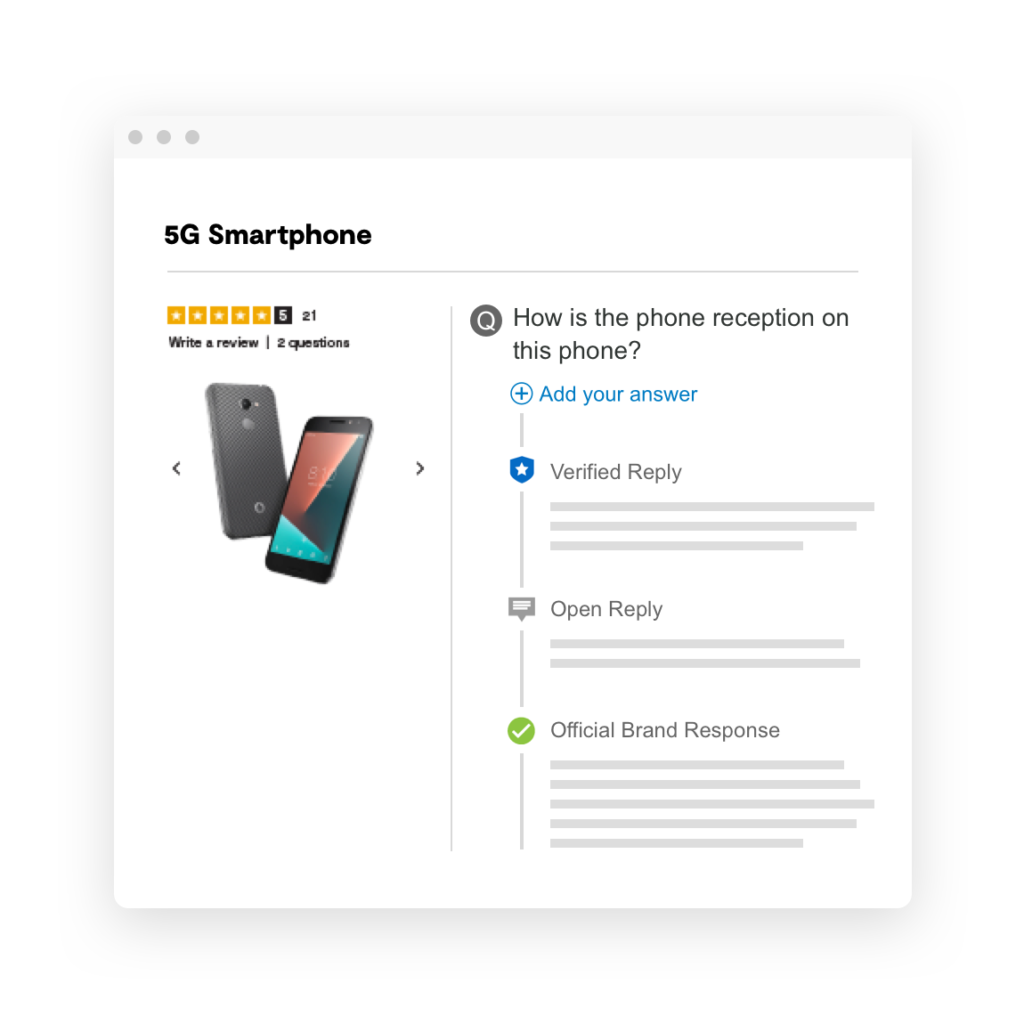
With badged answers, you give shoppers confidence that the product answer to their question comes directly from your brand. If you’re truly wanting to improve the consumer buying process, you can’t forget the retailers who also sell your products.
Stage 4: Purchase Phase
All your efforts led customers to choose your brand at the purchase phase of the buying journey. This is the stage when they’re ready to get the credit card and buy your product.
It’s an excellent position to be in, but don’t get complacent. You can still lose them if you don’t offer a smooth checkout experience.
Strive to make the process as quick and painless as possible. Amazon is a master at this with its one-click checkout. This lets people complete their purchase with a tap of a button.
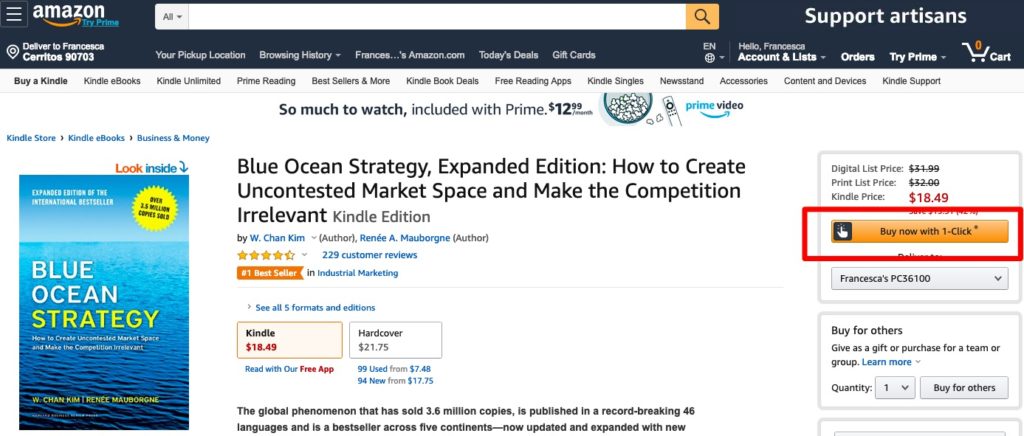
If that’s not possible for your store, there are still a number of things you could do to successfully get shoppers through the checkout process. The key is to minimize the number of hoops that people have to jump through in order to complete the purchase.
Provide Guest Checkout
For starters, allow customers to check out as guests when buying from your site. Requiring them to create an account adds another step to the buying process, which could lead to shoppers bouncing from your site.
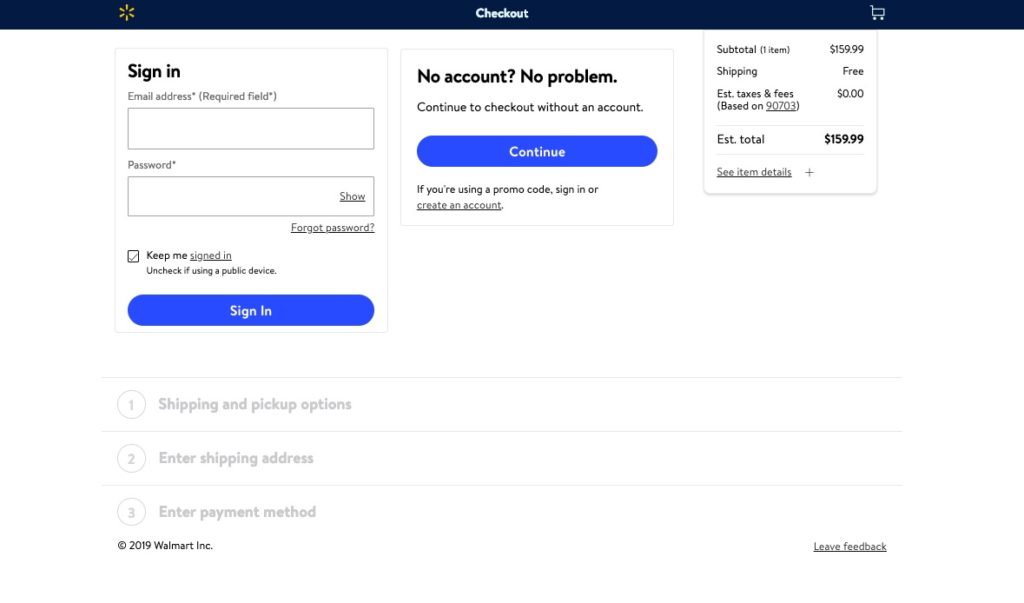
Pre-Fill Shopper Details Whenever Possible
If your shopper with an existing profile decides to buy from you, put their information to good use by making it easy to check out. For instance, if you already have their shipping information, pre-populate the checkout form with their details to speed up the process and limit double entry.
Sephora does exactly that for members of its Beauty Insider program.
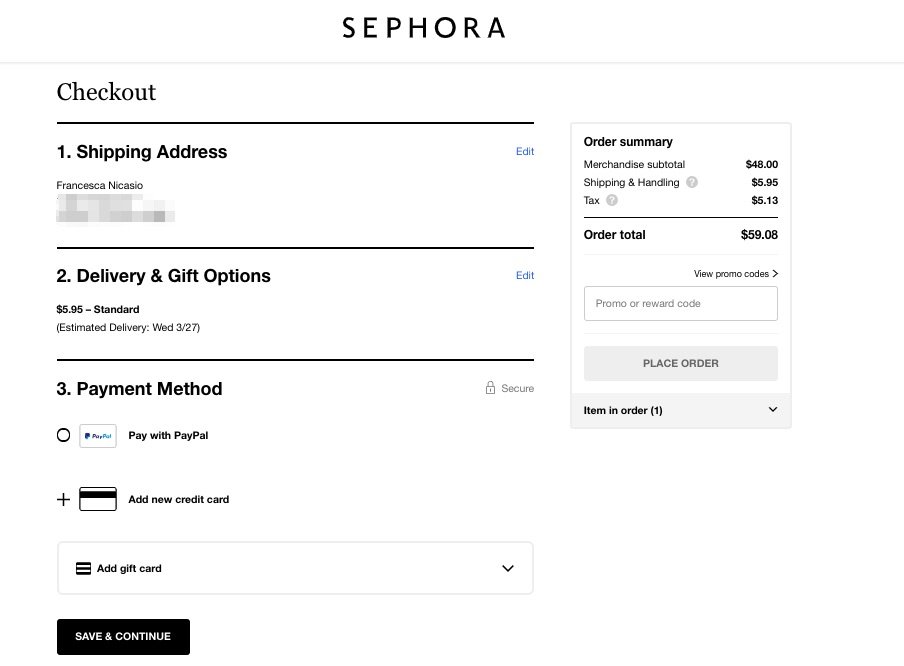
Instill a Sense of Urgency
Another effective way to prod customers to complete the checkout process is to instill a sense of urgency. If you’re running a promotion or special pricing, for example, you could add a countdown indicating how much time shoppers have left to finalize their purchase.
Here’s an example from The RealReal.

There are plenty of A/B testing tools out there that allow you add widgets, countdowns and timers to encourage purchasing. The best part is you can test these modals with the standard checkout to see your results.
Stage 5: The Post-Purchase Phase
Finally, we have the post-purchase phase. At this point, you’ve successfully converted lookers into buyers.
Congrats!
Now it’s time to gather feedback. You also want to ensure shoppers remain customers for as long as possible. It’s all about retention if you truly want to increase sales. Check out a few ways you can retain customers in the final stages of the consumer buyer process:
Ask for Ratings and Reviews
The first thing you should do after a customer buys is ask for reviews. This can be done with a simple automated post-purchase email requesting for shoppers to share their feedback. Additionally, you want to get as many reviews as possible.
When shoppers buy multiple items, it’s difficult to get even one review for a single item. But using a form that never leaves another page and lets you consistently ask for reviews for all products is extremely helpful.
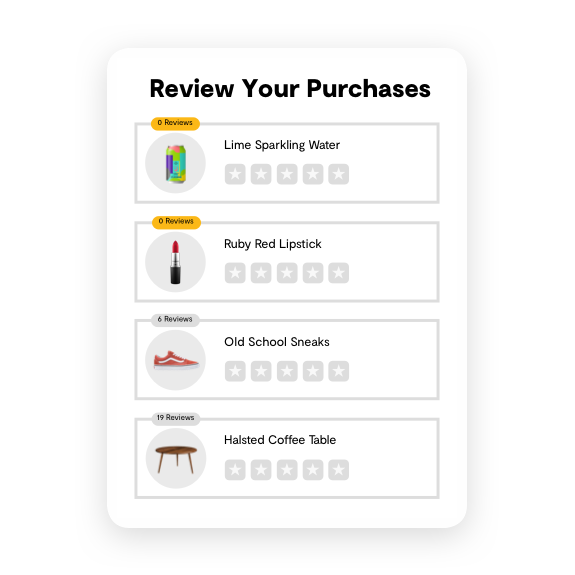
PowerReviews’ review your purchase features does just that. Easily collect more reviews by making it simpler for customers to actually write content and provide feedback. Again, the more barriers in the consumer buyer process, the less likely you’ll see positive results.
Measure Customer Satisfaction Over Time
Collecting feedback is just the beginning. To truly get the most out of your customers’ ratings and reviews, make it a point to analyze shopper input to gain actionable insights.
Relevant information should be routed to the right departments (e.g., Product, Sales and Marketing). This let’s your company continuously improve your products, services and positioning.
Encourage Repeat Purchases
You don’t want people to buy from you just once. As much as possible, you want to encourage repeat purchases by regularly keeping in touch with great content and promotions.
Nordstrom does a great job at this. The retailer’s email marketing calendar has a healthy mix of promotions (based on each customer’s shopping history), announcements and invitations to free and informative events.

Here’s a recent example of an email inviting Nordy Club members to a complimentary beauty and style workshops. Such efforts help keep the brand top of mind. That’s perfect when the need for new apparel or accessories comes up so Nordstrom will be highly considered.
Connect With Consumers Every Step of the Way
As you can see, retail purchases don’t just happen. Consumers spend quite a bit of time and effort before arriving at a decision. And brands that want to win sales must engage with shoppers at every stage of their purchasing journeys.
Follow the pointers we’ve outlined in each step and start customizing!
Have any questions? Contact our awesome team to see how PowerReviews could help improve your customer journey.


